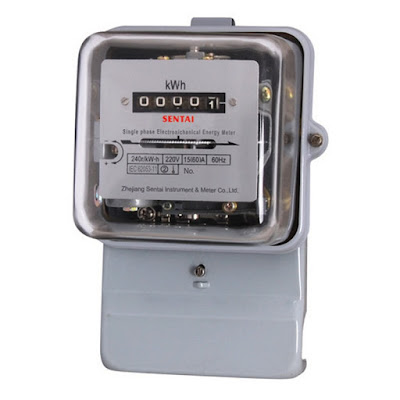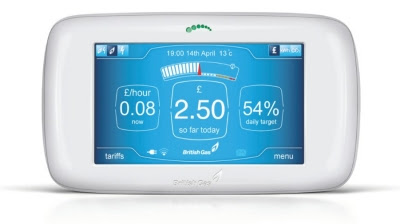There are basically three types of energy meters:
Electromechanical Energy Meter:
The electromechanical induction meter operates by counting the revolutions of a non-magnetic, but electrically conductive, metal disc which is made to rotate at a speed proportional to the power passing through the meter. The number of revolutions is thus proportional to the energy usage.
Electronic Energy Meters:
Electronic meters display the energy used on an LCD or LED display, and some can also transmit readings to remote places. In addition to measuring energy used, electronic meters can also record other parameters of the load and supply such as instantaneous and maximum rate of usage demands, voltages, power factor and reactive power used etc. They can also support time-of-day billing, for example, recording the amount of energy used during on-peak and off-peak hours.
Smart Energy Meters:
These are capable of communicating in both directions. They can transmit the data to the utilities like energy consumption, parameter values, alarms, etc and also can receive information from utilities such as automatic meter reading system, reconnect/disconnect instructions, upgrading of meter software’s and other important messages. These meters reduce the need to visit while taking or reading monthly bill. Modems are used in these smart meters to facilitate communication systems such as telephone, wireless, fiber cable, power line communications. Another advantage of smart metering is complete avoidance of tampering of energy meter where there is scope of using power in an illegal way.


